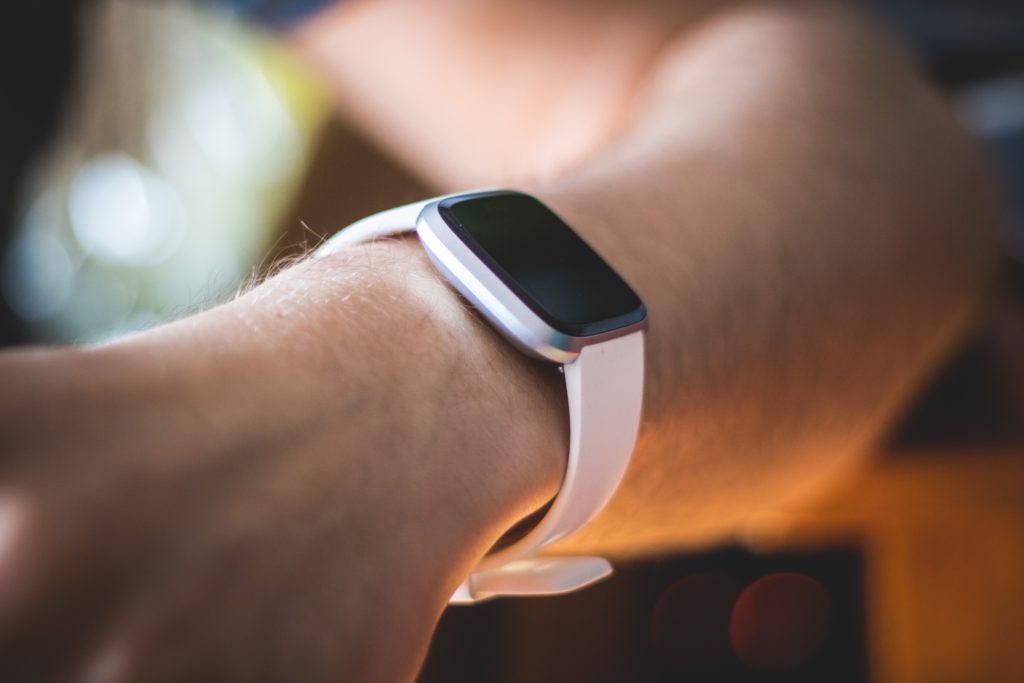
Bruce loves his Garmin. He only takes it off to charge it, and then, only briefly. He’s an engineer. He loves data. He is a perfect smartwatch user. I am clearly not. I resisted his urging to get one for the longest time, and then, late last year I finally broke down. Being a lover of all things Apple I got the Apple Watch, version 7, instead of the Garmin. I have been loving it and hating it in equal measure ever since. This was never quite so evident until the other night when I was running up and down my stairs at 10:30pm just to fill in one of my damn circles. It was an off day for running and an exceptionally long day at the store and I was beat, but there I was, like an idiot, running my stairs. It got me thinking about this whole field of tech and what it could be doing to the mental health of other stair runners like myself. What I found was surprising; I think you’ll feel so too. What it lead me to, however, I hope you will find helpful.
So Here’s Some Background…
According to an article I found on The Focus – “A recent study, published in the Journal of Medical Internet Research …observed that wearing a Fitbit introduced new anxieties into (subjects’) lives.”
And from blogger Meghan from FHE Health – “All of these tools have the best of intentions, to help us achieve our goals through new data. Certainly, most fitness tracker apps take a very positive approach to fitness. They use congratulatory messages and digital fireworks when you hit your goals, and when you don’t, they do not shame you. The apps are geared toward good behavior and positive reinforcement, but even the best intentions can have unintended side effects. There is a rising concern is that the devices may actually contribute to a decrease in mental health and even turn into what some are calling Fitbit anxiety.”
I know, right?! Fitbit anxiety? Who knew? I guess maybe I did and I’m guessing from my very unscientific survey of my friends and customers, you all did too. But we still love our Apple Watches and our Garmins, so what now? Here are just a few quick suggestions to make these tools work for you instead of the other way ’round…
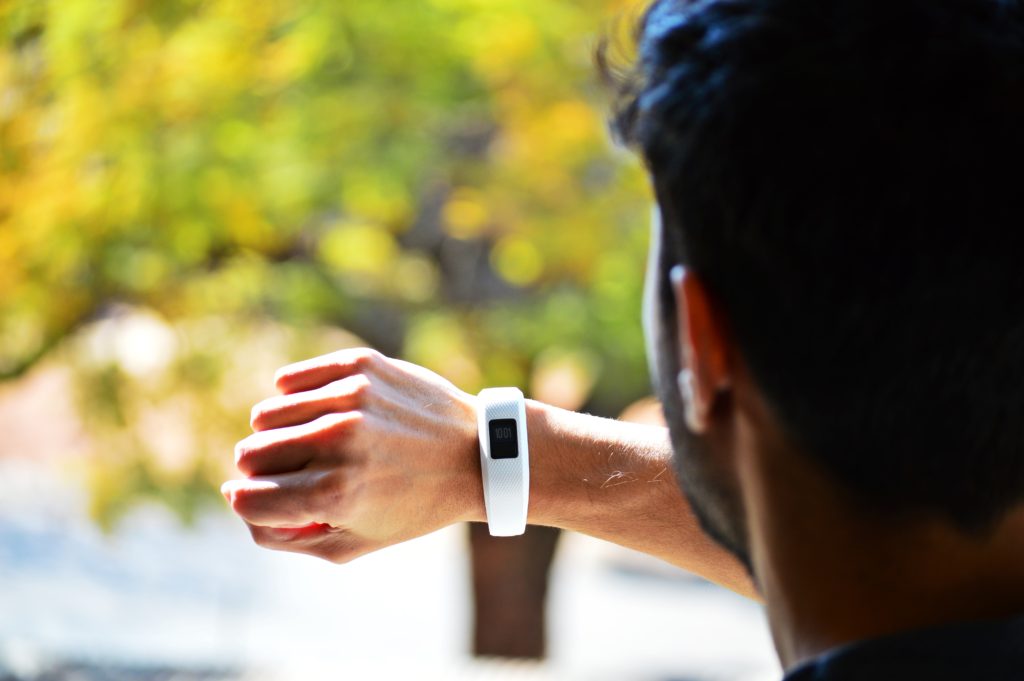
1. Adjust Your Settings To What Is Realistic
Everyone, ok here are those “everyone” people again, says that you should walk 10,000 steps per day – it’s the gold standard of smartwatch monitoring. Well, that’s cool if you have a good walk to work every day, a physical job that has you bopping here, there and everywhere or just a lot of time on your hands for walking in the hood. Ten thousand steps may not work however, if you have rheumatoid arthritis, commute by car and/or sit at a desk all day. This first tip to reducing smartwatch stress is being realistic with your goals. Maybe you start with 10 minutes of exercise per day? If you’re achieving it daily, after two weeks you increase it. Or you set a goal of 5,000 steps and then, when you blow it out of the water, you move it up. Or say that you want to sleep at least 6 hours a night, but your good-old-watch is saying you sleep only 4 – well, then set a goal of 4 1/2 or 5 and practice healthy habits to increase your sleep. The goal is that your the boss of you (and your watch) not the other way around.
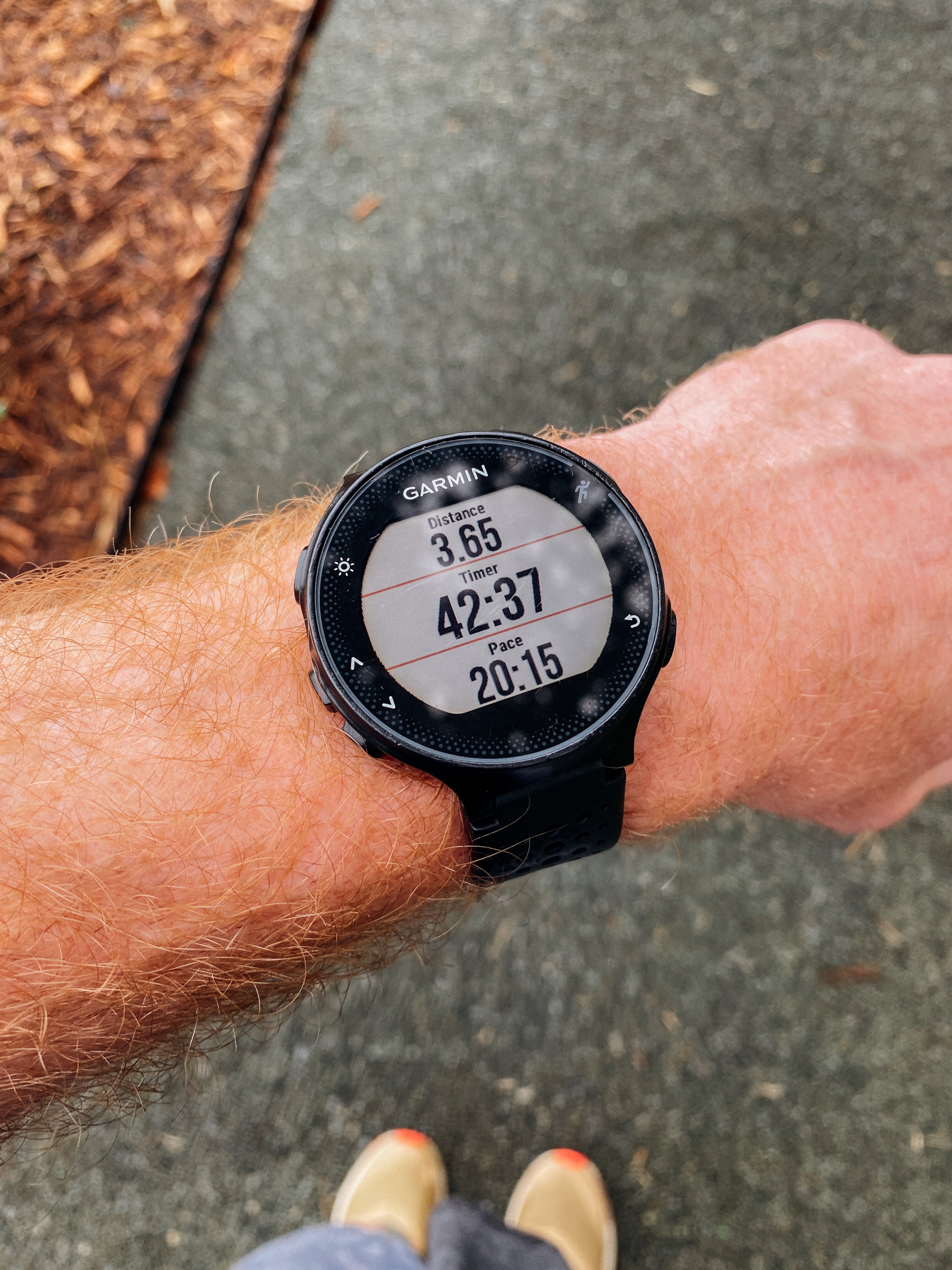
2. Turn Off Notifications
My watch tells me to breathe. Are you serious? If I wasn’t breathing I’d have bigger issues than a bossy watch. It also tells me that compared to last week (when I didn’t just get my second COVID vaccine and have a fever and an all-over rash) I did much better. No kidding, Karen! Of course I did better last week. All of these smartwatches come with the ability to turn off these notifications. You read that right, you are not their servant. Bruce turned off his water-intake notification after he realized he was practically drowning with the amount of water the Garmin wanted him to drink – a smart move, I think. Again, you’re the boss. Turn off the fireworks for completed goals if that’s not your thing or the stand notification if you’re just damn sick of receiving them.
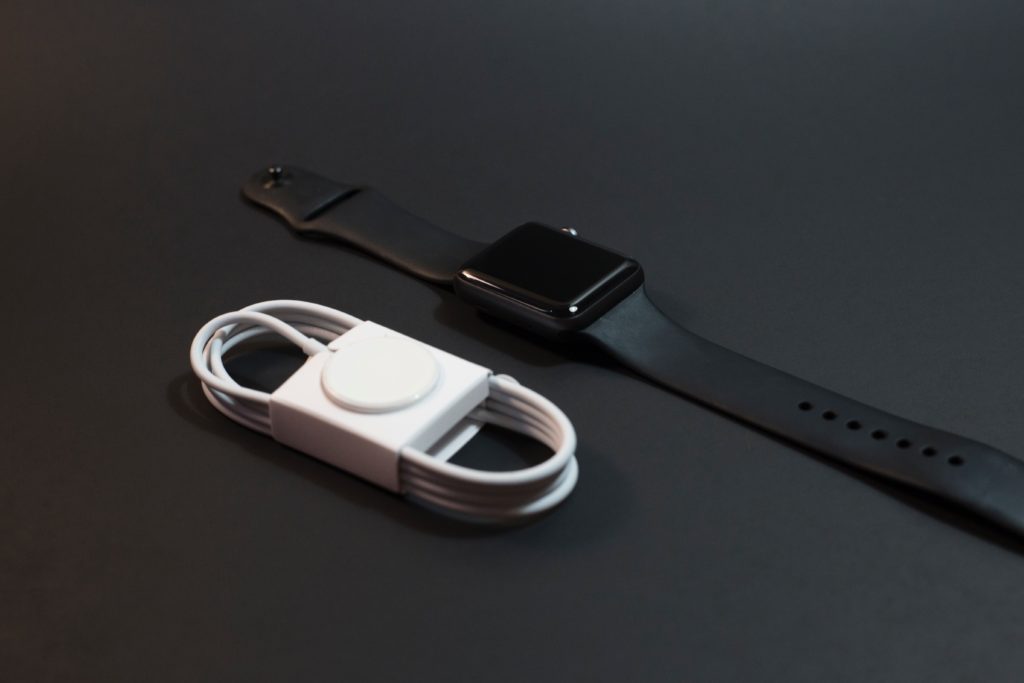
3. Considering Wearing It Intermittently
I don’t wear my smartwatch at night. I find it uncomfortable and I use the time to charge it. My friend Carol, who was resistant to wearing hers to bed, wears it now because it helps her see that although she’s a light sleeper, she is actually getting some really decent REM. Both scenarios work. It’s just that we get to decide. We both wear them when, and only when we want to. Consider wearing your smartwatch only on the days that you run/walk/bike and wear another timepiece on your “off” days. You will eliminate the stress of incomplete circles, and have data when you want it. You use it when you need it, you shelve it when you don’t. You make technology work for you, not against you. Now that’s being a boss.
The Skinny:
“When you know you’re being monitored, it can increase feelings of stress and perfectionism, and knowing that something is constantly measuring your vital signs can make you feel paranoid about “failing” in some way.” (Meghan, FHE Health). So if your Fitbit is giving you fits let’s say no to all those feelings failure and anxiety that these devices can bring about and be smarter about our smartwatches… I know that I’m done running the stairs… at least not at 10:30pm.

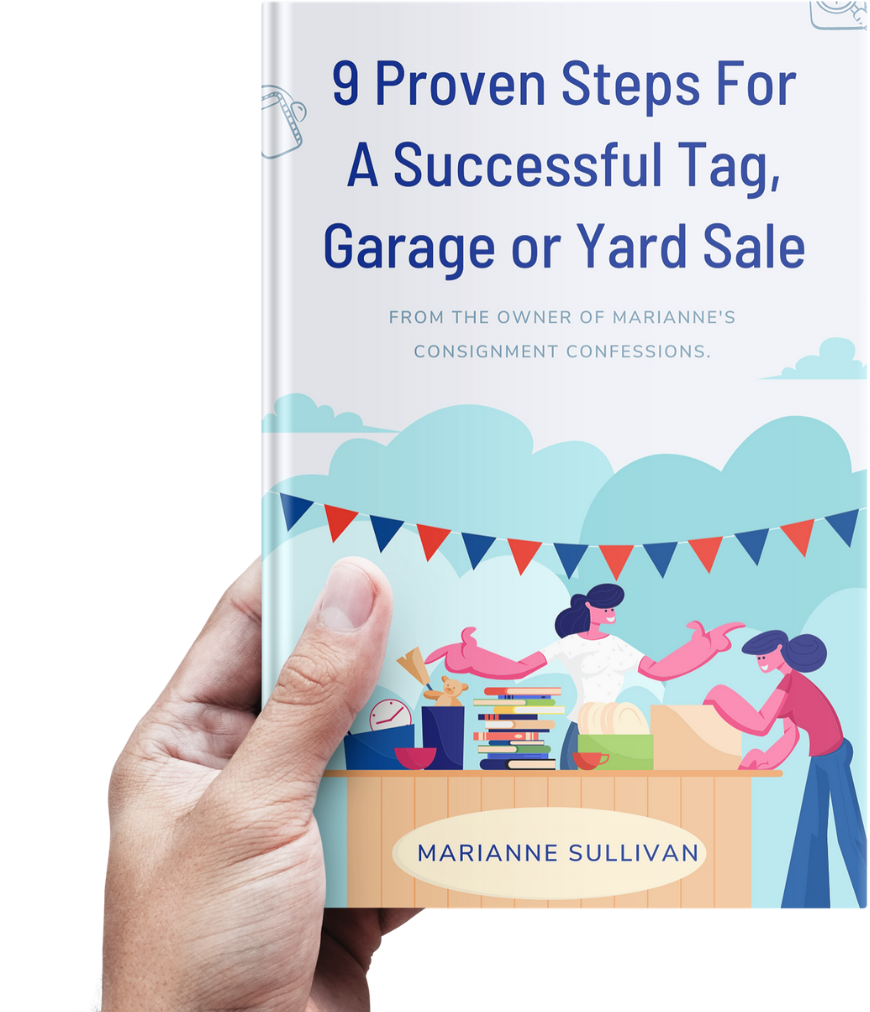





No Comments